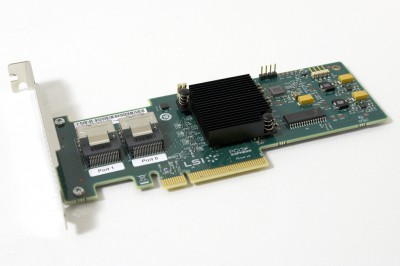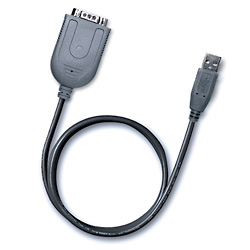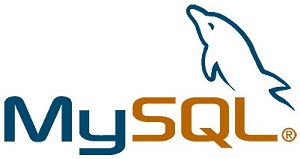The story
I have a small server room, with some rack servers, NAS’s, VMware ESXi’s and other fun stuff, but I had one problems.. in the summer it got really hot, and I had to open the window to let fresh air in, and the old out to lower the temperature again, but I never knew when it was too hot, so i had to drive by the server room once or twice a day to manually feel if it was too hot..
This was a problem, because sometimes I was not home, or sometimes I forgot, or just had no time to drive by to check the temp.
Having a temperature sensor in the room, from a freezer or something like that didn’t help me much, since I still had to drive by to check it manually.
So I had to make something I was able to get the room temperature from, over the internet/lan, and thats when I decided to make my network thermometer.
I looked for weeks on the internet for a good guide about this, but none of them worked. so I decided to write my own to help others with the same problem out.
This post will be about
How to make your own network thermometer, using open source software and a cheap USB temperature sensor!
Continue reading →








